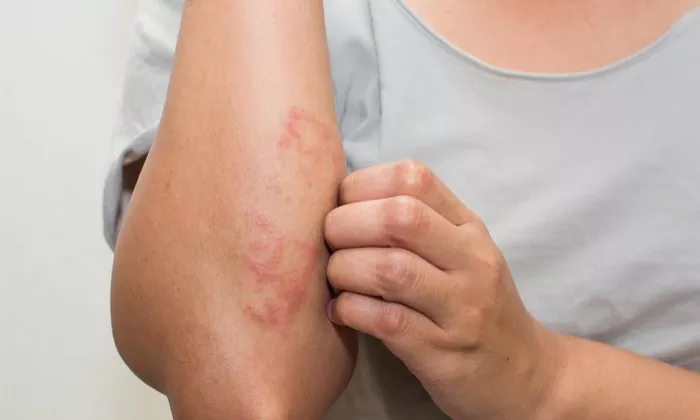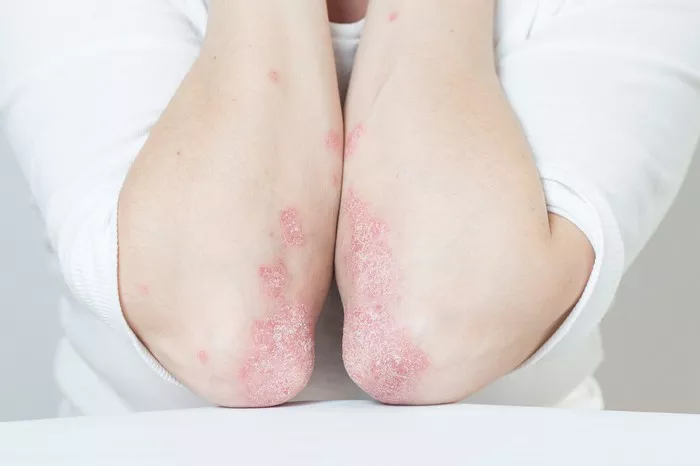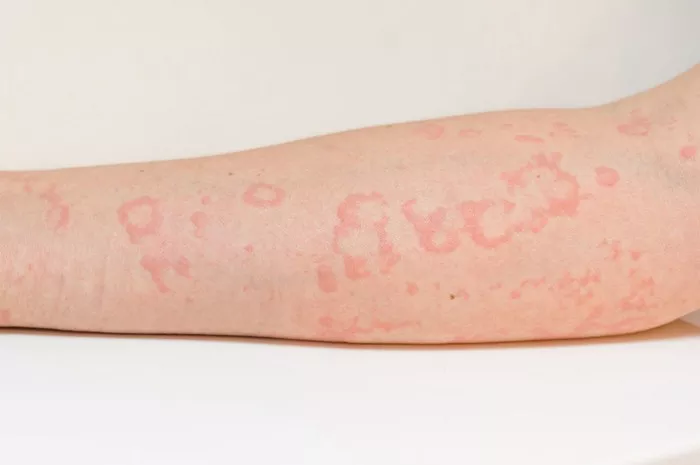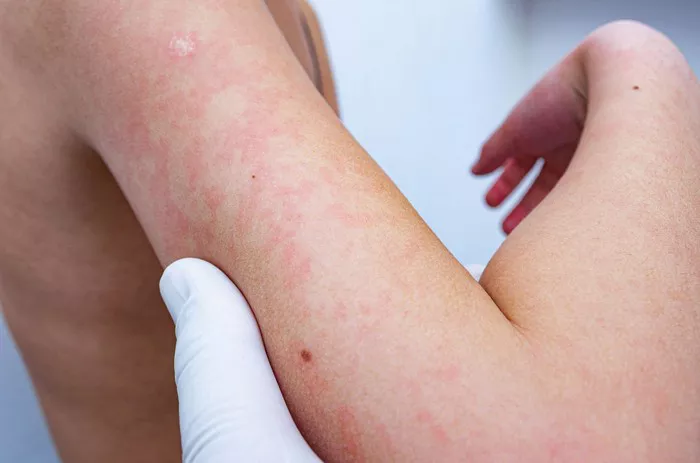Eczema, a chronic skin condition characterized by inflammation, itchiness, and redness, often leaves behind scars that can be frustrating and challenging to deal with. These scars not only affect the physical appearance but also have a psychological impact, causing self-consciousness and discomfort. Fortunately, several methods are available to help diminish and remove eczema scars, restoring confidence and skin health. In this comprehensive guide, we explore various effective approaches for treating eczema scars.
Understanding Eczema Scars
Before delving into the removal methods, it’s crucial to understand how eczema scars form. Eczema scars typically result from prolonged inflammation and damage to the skin’s surface. As eczema flares up, the skin becomes inflamed, leading to itching and scratching, which can further exacerbate the condition. Continuous scratching can damage the skin barrier, causing it to thicken and form scars over time. These scars may vary in appearance, ranging from discolored patches to raised or depressed areas on the skin.
1. Topical Treatments
Topical treatments are often the first line of defense in managing eczema scars. These treatments aim to improve the skin’s appearance by reducing inflammation, promoting healing, and fading discoloration. Some common topical treatments for eczema scars include:
Corticosteroids: Topical corticosteroids are anti-inflammatory medications that can help reduce redness and itching associated with eczema scars. They work by suppressing the immune response and reducing inflammation in the affected area. However, prolonged use of corticosteroids may lead to skin thinning and other side effects, so it’s essential to use them under the guidance of a healthcare professional.
Topical Retinoids: Retinoids, derived from vitamin A, are another option for treating eczema scars. They work by promoting cell turnover and collagen production, leading to smoother, more even-toned skin. Common retinoids used for eczema scars include tretinoin and adapalene. It’s important to start with a lower concentration and gradually increase as tolerated to avoid irritation.
Scar Creams/Gels: Over-the-counter scar creams or gels containing ingredients like silicone, vitamin E, and onion extract may help improve the appearance of eczema scars. These products work by hydrating the skin, reducing inflammation, and promoting collagen production. While they may not completely eliminate scars, they can help fade discoloration and improve texture over time.
2. Laser Therapy
Laser therapy is a popular option for treating eczema scars, particularly for raised or hypertrophic scars. Laser treatments work by targeting the scar tissue with high-intensity light, stimulating collagen production, and breaking down scar tissue. There are several types of laser treatments available for eczema scars, including:
Fractional Laser Therapy: Fractional laser therapy targets small areas of the skin with high-energy laser beams, creating microscopic wounds that stimulate the body’s natural healing process. This leads to smoother, more even-toned skin over time. Multiple sessions may be required for optimal results.
Pulsed Dye Laser (PDL): Pulsed dye laser therapy targets the blood vessels in the scar tissue, reducing redness and inflammation associated with eczema scars. PDL can also help improve the texture and appearance of scars, making them less noticeable.
Fractional Radiofrequency (RF) Microneedling: Fractional RF microneedling combines radiofrequency energy with microneedling to stimulate collagen production and improve skin texture. This treatment is effective for both raised and depressed eczema scars, offering long-lasting results with minimal downtime.
3. Chemical Peels
Chemical peels are another option for treating eczema scars, particularly those that are discolored or uneven in texture. During a chemical peel, a solution containing acids such as glycolic acid, salicylic acid, or trichloroacetic acid (TCA) is applied to the skin, causing the outer layer to peel away. This promotes cell turnover and collagen production, resulting in smoother, more even-toned skin. Chemical peels vary in intensity, with superficial peels requiring minimal downtime and deeper peels offering more dramatic results but requiring longer recovery periods.
4. Surgical Options
In some cases, surgical intervention may be necessary to remove severe or resistant eczema scars. Surgical options for eczema scar removal include:
Punch Excision: Punch excision involves surgically removing the scar tissue with a small punch tool and closing the wound with stitches. This technique is commonly used for depressed or pitted scars, resulting in smoother skin texture.
Scar Revision Surgery: Scar revision surgery involves removing the scar tissue and repositioning or reshaping the surrounding skin to minimize the appearance of the scar. This may involve techniques such as Z-plasty or W-plasty to improve the scar’s alignment and texture.
5. Home Remedies and Self-Care
In addition to medical treatments, there are several home remedies and self-care measures that can help improve the appearance of eczema scars:
Moisturize Regularly: Keeping the skin well-hydrated with moisturizers can help improve the appearance of eczema scars by reducing dryness and promoting healing.
Protect from Sun Exposure: Sun exposure can worsen the appearance of scars by causing them to darken or become more pronounced. Use sunscreen with a high SPF to protect the skin from harmful UV rays.
Avoid Scratching: Resist the urge to scratch or pick at eczema scars, as this can further damage the skin and delay healing. Keep the affected area clean and gently pat dry after bathing.
Conclusion
Eczema scars can be a source of frustration and self-consciousness for those affected by this chronic skin condition. However, with the right treatment approach, it is possible to diminish and remove eczema scars, restoring both skin health and confidence. Whether through topical treatments, laser therapy, chemical peels, surgical options, or a combination of these approaches, individuals can achieve smoother, more even-toned skin and improve their overall quality of life. It’s essential to consult with a dermatologist or healthcare professional to determine the most suitable treatment plan based on the severity and type of eczema scars. With patience, diligence, and proper care, eczema scars can become a thing of the past, allowing individuals to embrace their skin with confidence once again.


























